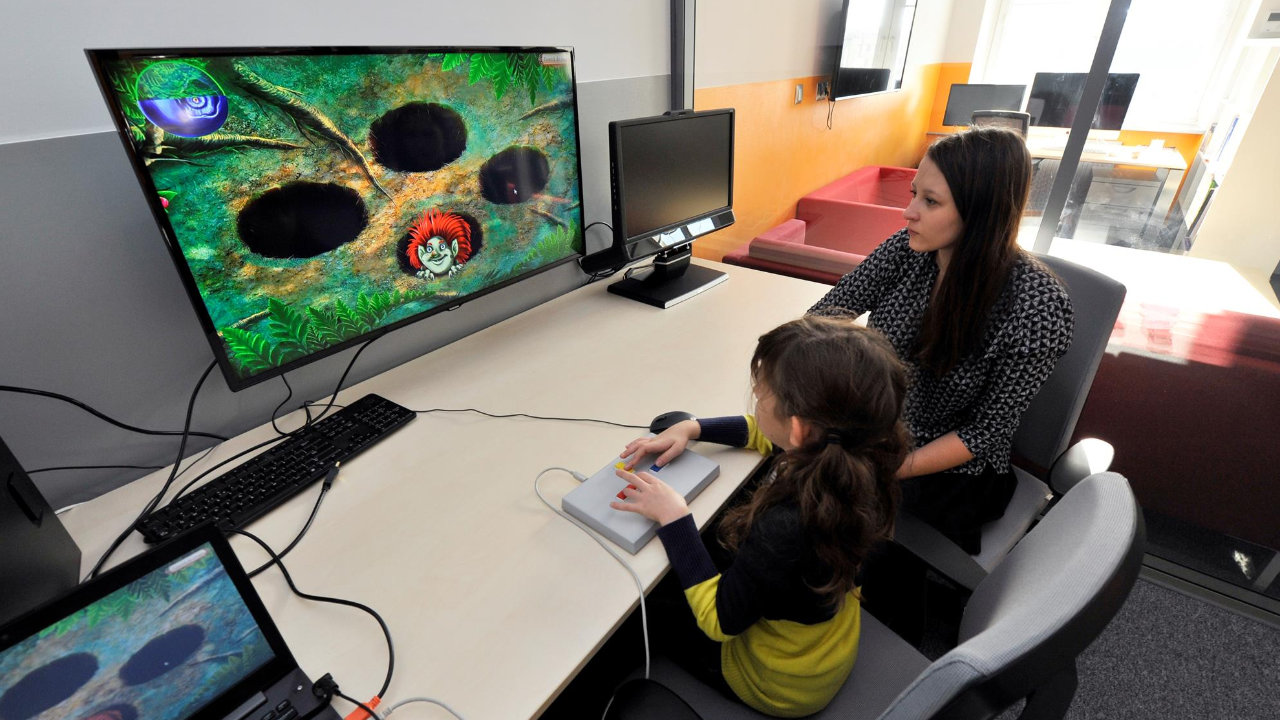What can we do for kids with dyslexia?
Early identification and intervension may help to reduce the impact of dyslexia for the child’s future. Katarzyna Chyl, a PhD student from the Nencki Institute of Experimental Biology runs an intriguing research studies on dyslexia.

M.Sc. Katarzyna Chyl has been awarded the prestigious Barbara Skarga Scholarship in the START program, granted by the Foundation for Polish Science (FNP) to the 100 most talented young scientists from all over Poland. Her research was recognized for „bold crossing of boundaries between various fields of science”.
Dyslexia is a crucial learning disorder that affects 10% of children starting school. Those are bright and healthy kids that have trouble learning to read. We asked our young researcher, Katarzyna Chyl, how we can help dyslexic children?
What is your research about?
Katarzyna Chyl: I’m interested in variuos aspects of developing reading skills. At the Laboratory of Language Neurobiology headed by Prof. Katarzyna Jednoróg we have conducted longitudinal study. For several years we have monitored the development of a large group of children aged 6-7. Some of those kids have developed dyslexia during the period considered. An important element of our research was the use of functional magnetic resonance imaging (fMRI), which allowed to observe children’s brain activity while reading and listening to words.
What did you manage to find out?
The collected data is an excellent source of information on how kids develop reading skills and what neurobiological processes accopmany reading. For example, we have learned how the trajectory in porcessing written and spoken language by children with dyslexia and their typically developing peers looks like. Thanks to this, we understand better how the brain works while reading and what mechanisms do not work properly in children with dyslexia.
How can this knowledge be used in practice?
We know which tasks six-year-olds did worse, among them were such activities as breaking down words into sounds or tests assessing vocabulary. Based on this, we are developing a screening test. It will help to identify children at risk for dyslexia and reading difficulties. Such early identification should allow interventions to be implemented (i.e. reading training). It is possible that dyslexia would not develop or reading difficulties would be less severe for children undergoing such intervention.
What are your plans concerning START scholarship?
I would like to meet with the team of prof. Nadine Gaab from Harvard Medical School. She developed Early Literacy Screening App – an effective method to detect early signs of dyslexia. The screening takes the form of an interactive application. Depending on the results obtained in individual tasks, the application may indicate what activities parents should engage in with their kids. Maybe one day we will create a similar screening tool for dyslexia that can be used at Polish
kindergartens and preschools. Dyslexia is a lifelong problem that involves not only learning difficulties but also has an effect on child’s social and communication skills, lowers child’s self-esteem and hinders its ability to interact with peers.
Source of photo: PAS Institute of Experimental Biology (photo by Grzegorz Krzyżewski)
